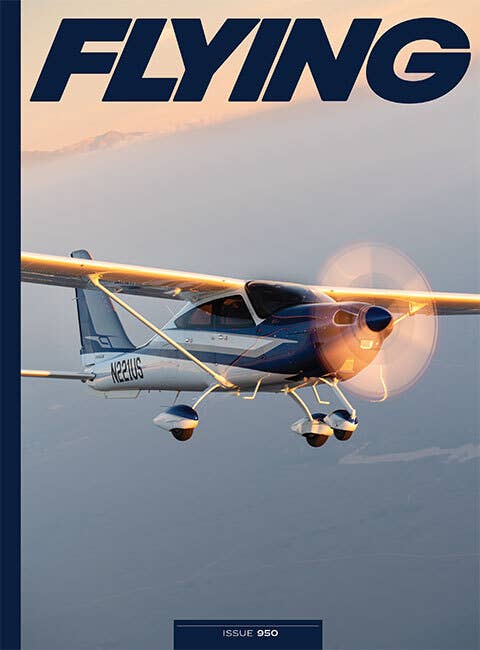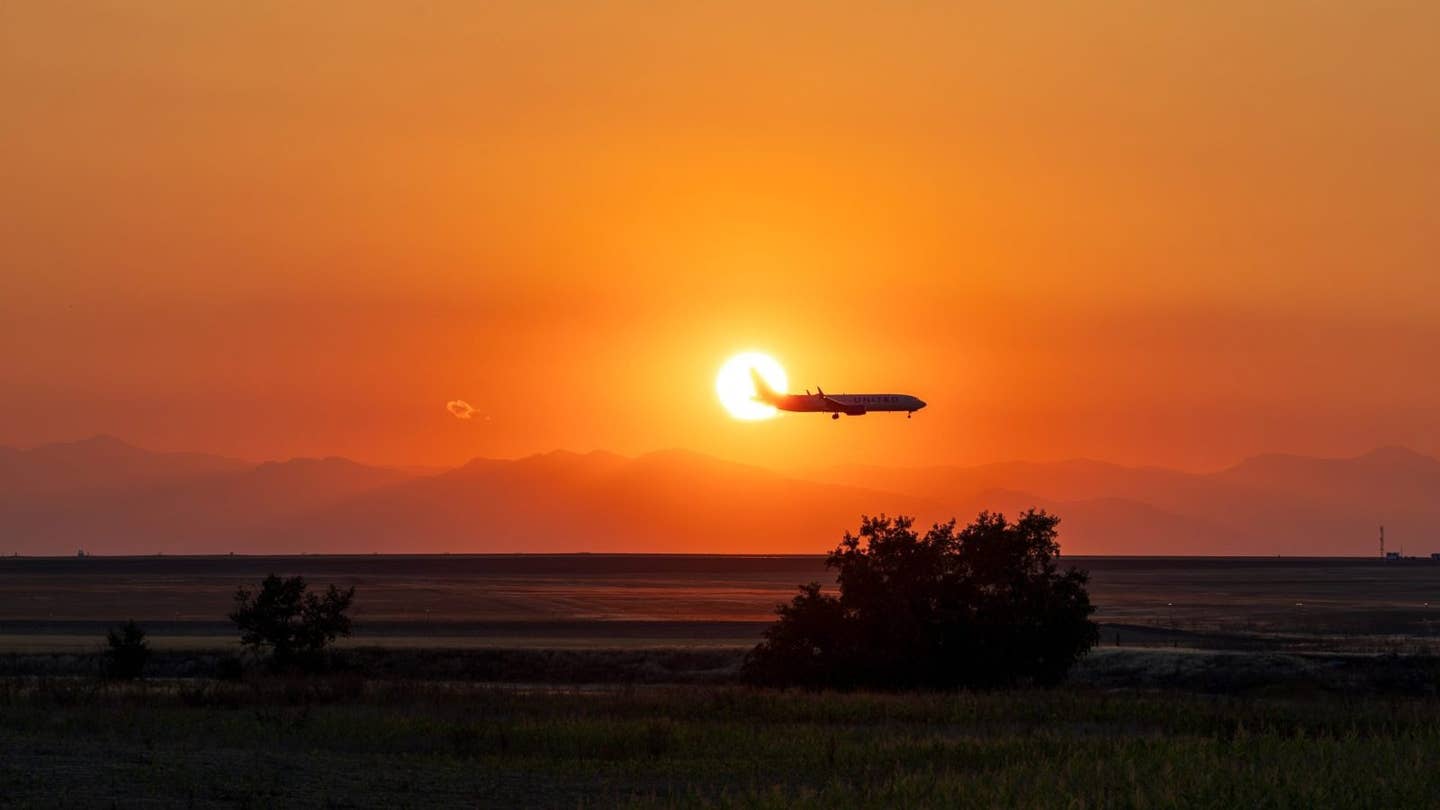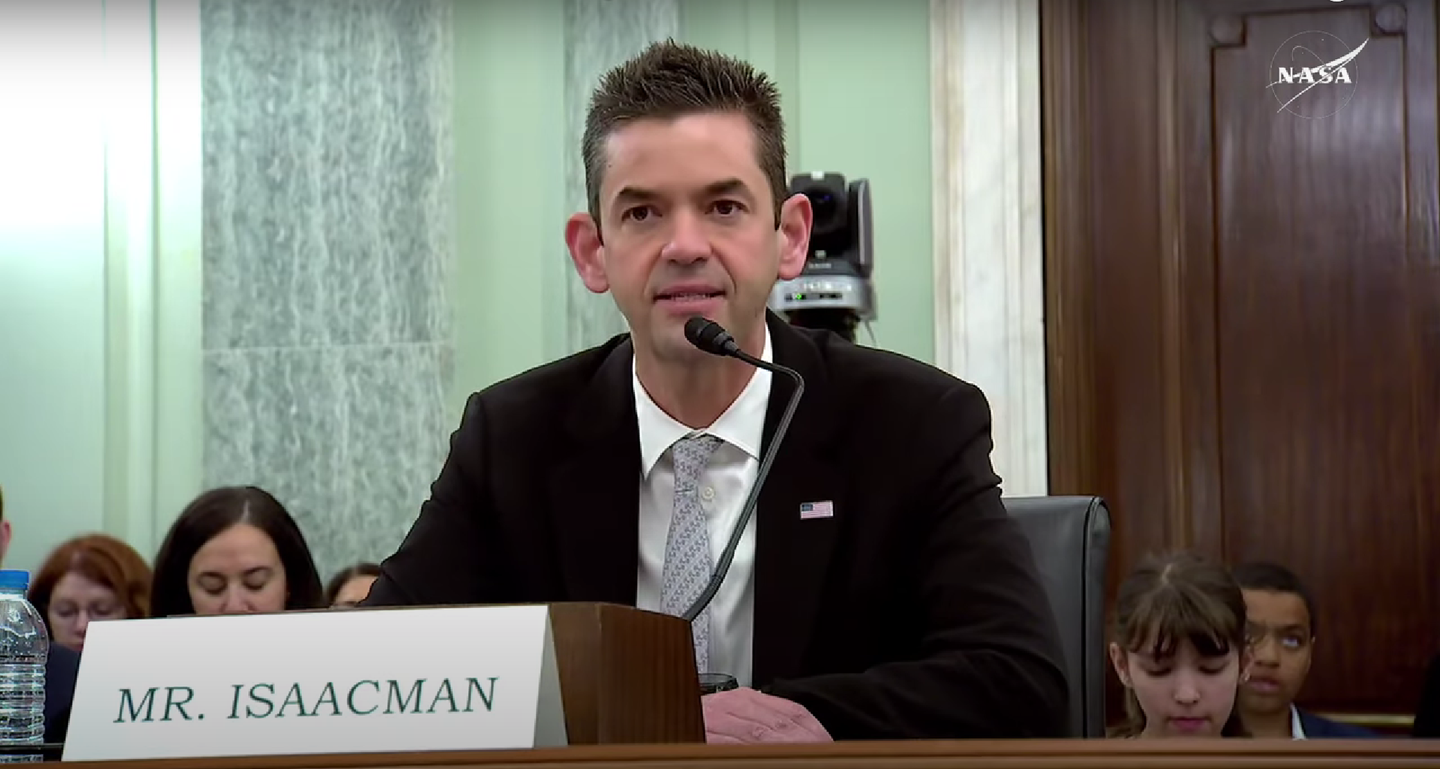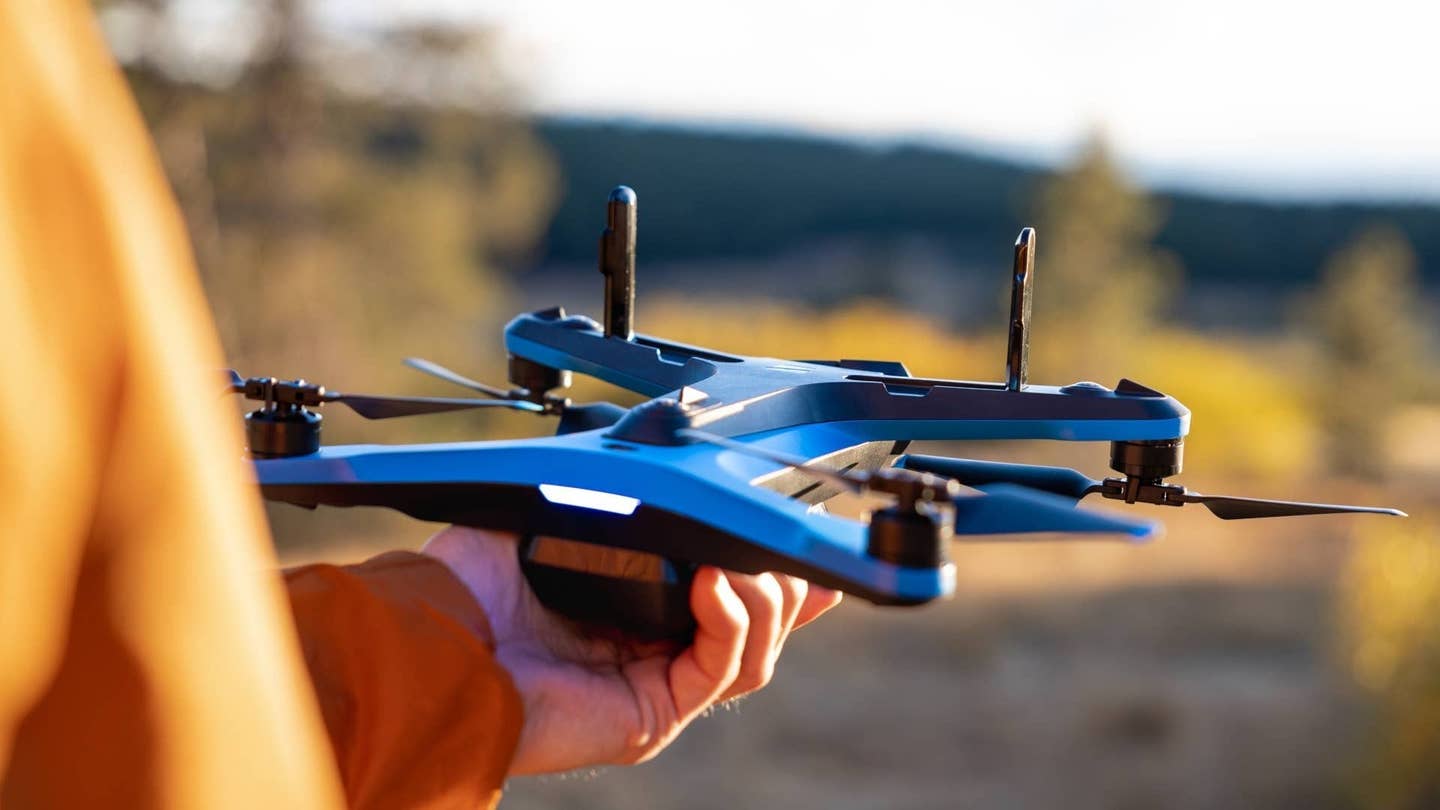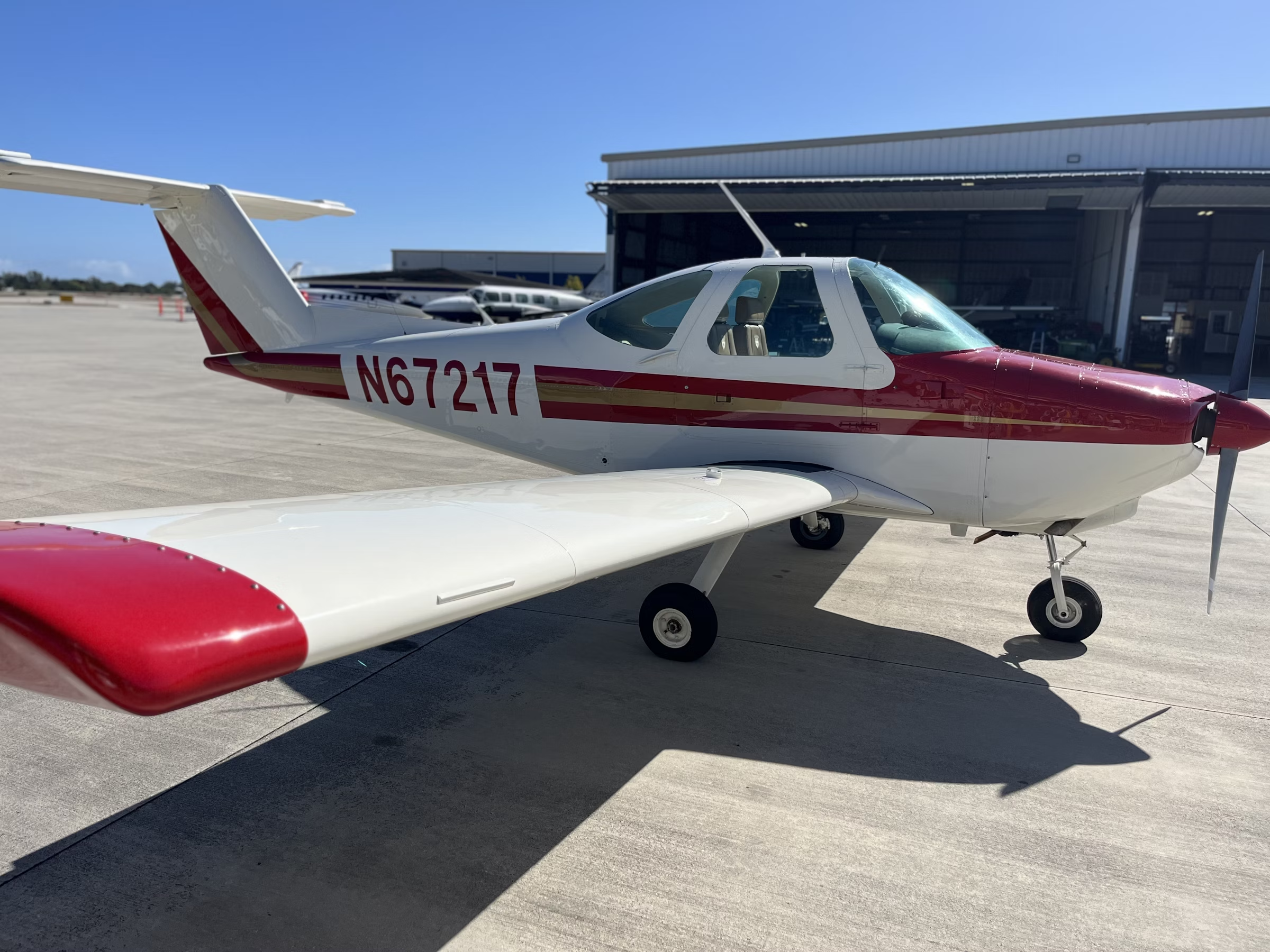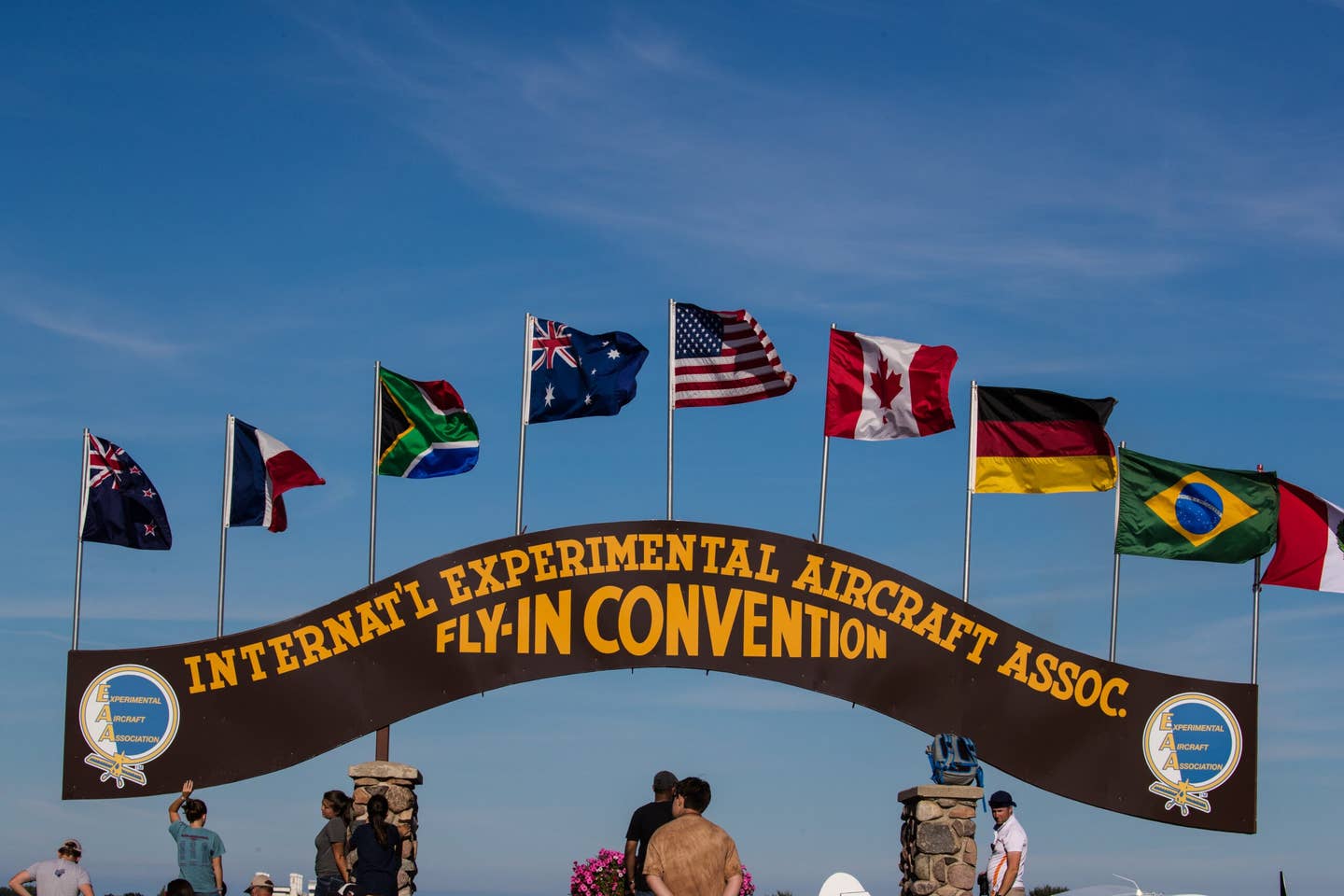Wicked Old Birds Present Unique Flying Experience
There’s nothing like the charismatic blend of vice, virtue, and vintage aircraft.
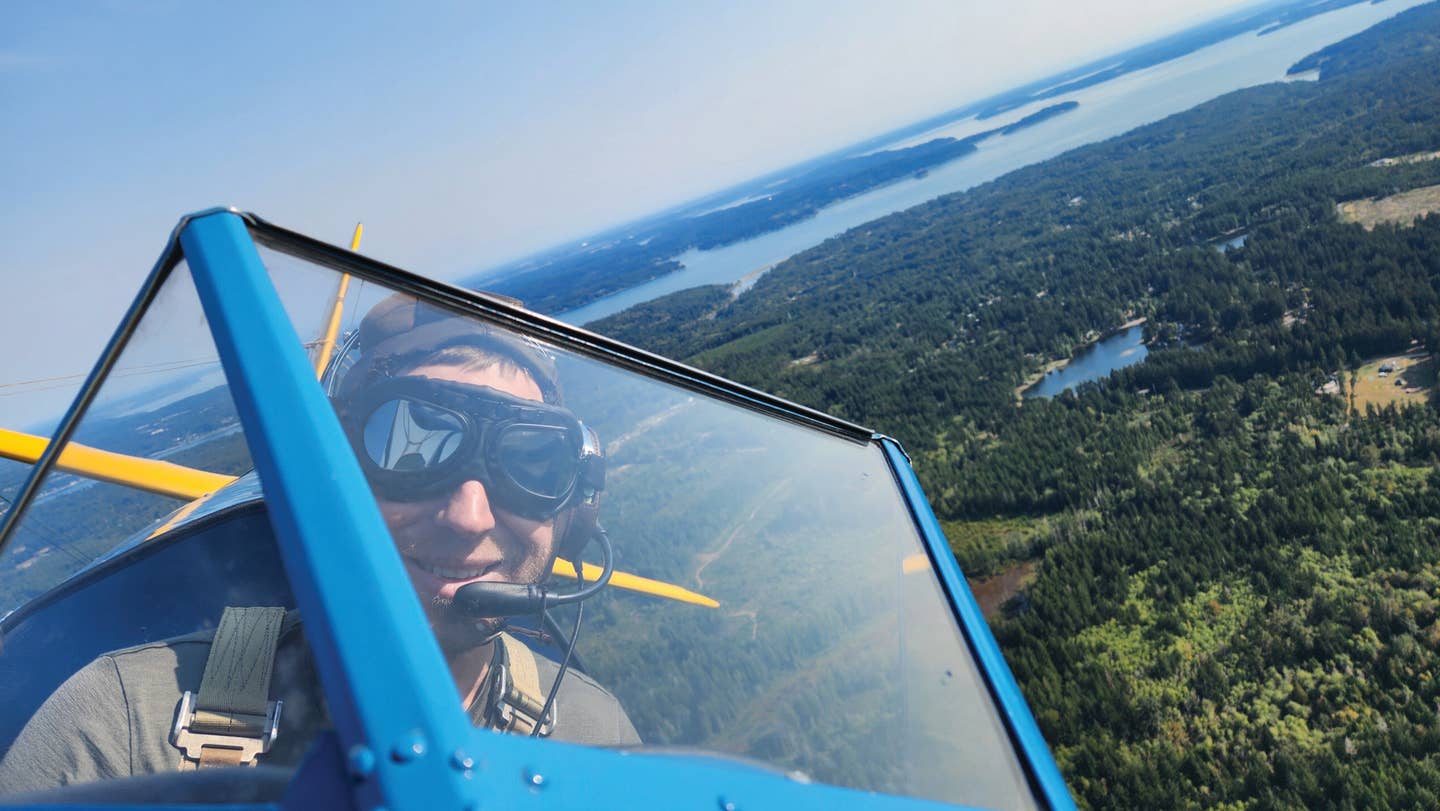
Instructor Joe Soligoy captured this image of Sam Weigel enjoying the fun of open-cockpit flying in a Stearman. [Courtesy: Sam Weigel and Joe Soligoy]
Over the last few weeks, I’ve been lucky enough to take several instructional flights in a 1943 Boeing-Stearman Model 75 (U.S. Navy designation N2S-3 Kaydet). This is my first formal training in anything of the biplane, open-cockpit, radial-engine, or warbird varieties, and it’s been a very interesting experience.
As World War II warbirds go, the Stearman is simple in the extreme, and there are no great procedural challenges to mastering the airplane. In the air, it is basically a big J-3 Cub, and as I have about a hundred hours in that venerable type, the control feel and response is comfortably familiar. Maneuvers and stalls are a joy, and takes all of about 10 minutes to learn well for anyone used to older ships with a lot of adverse yaw.
If you're not already a subscriber, what are you waiting for? Subscribe today to get the issue as soon as it is released in either Print or Digital formats.
Subscribe NowOn and near the ground, though, the Stearman is a whole other beast.
In the three-point attitude and descending straight ahead, you are utterly ignorant of anything that lies in front of you. Peripheral is the only vision you have. You’re more blind in a Stearman than landing a Cub from the back seat with a chunky front-seater.
To an even greater extent than the J-3, the Model 75 is an enormously draggy airplane, with fearsome power-off descent rates. This rewards tight, steep patterns with a continuous slipping turn that affords an unobstructed view of the runway until just before flare.
After touchdown, the Cub analogy ends, for the Stearman possesses few of the J-3’s affable good manners on the ground. With its tall, narrow landing gear, the Stearman is roughly as twitchy as my old Piper Pacer, with enough mass that a small swerve left unchecked will quickly overwhelm the considerable rudder. Even takeoffs can be a bit of an adventure. It is a rare Stearman that hasn’t been ground-looped and repaired at least once in its life—and N5404N is no exception.
- READ MORE: Experiencing That Shaky Feeling
The Stearman is very much a typical product of its time, with cockpit engineering accomplished in absolute ignorance of ergonomics (Carb heat? Throw it deep underneath the instrument panel, so you have to loosen the shoulder harness to reach it) and zero attempt to cure aerodynamic bugaboos like adverse yaw. But as instructor Joe Suligoy pointed out during our first briefing, the Stearman’s designers strayed beyond mere professional ignorance or indifference—they intentionally made it a difficult airplane to land.
At a time when thousands of American farm boys were being rushed to the waiting cockpits of hastily designed, quickly built, high-performance fighters, bombers, and transports, it was crucially important for primary training to quickly weed out those who lacked the natural aptitude for flight. Ergo, a half-blind rugged beast of a biplane that likes to swap ends.
Not that this reputation has hindered the Stearman’s popularity in the least. Thousands were sold as surplus after the war, and they formed the backbone of the crop duster fleet and the county fair barnstormer circuit for the next four decades.
As higher-performance warbirds became rarer and more expensive to purchase and operate, the slow-and-steady Stearman became increasingly popular as a “warbird for the rest of us.” About 1,000 of the type are still airworthy and regularly ground-looped and rebuilt.
“If you can land a Stearman well,” my neighbor Ken Horwitz told me, “you can fly just about any old biplane out there.”
With some 10,000 hours in various round-engine biplanes, Horwitz should know.
- READ MORE: Drive to Survive Kicks In
Longtime readers will recall that as a fairly new tailwheel pilot, I once ground-looped a Cub (thankfully with no damage to anything but my ego) on a gusty crosswind day on which I really shouldn’t have been flying. I thereafter wrote, with tongue firmly planted in cheek, that “taildraggers suck, and the old-timers knew it!”
Several irony-impaired readers immediately fired off irate emails informing me that it was, in fact, my skills that sucked. Well, duh. I’m a modern button-pushing, system-monitoring, risk-managing airline pilot. My stick-and-rudder skills are scarcely valued, rarely taxed, and subject to continual atrophy.
That’s a big part of why I fly vintage aircraft on the side. Their imperfections challenge me in the area that my skills are naturally weakest, making me a better, more complete pilot.
Mind you, there are a lot of other reasons to enjoy owning and flying old airplanes. Their rugged simplicity and quaint aesthetic charm; their suitability for grass strips and off-airport operations; the direct link with our aerial forefathers that they provide; the wish to preserve living history for the next generation…and, yes, even the ego-boost of seeing people pay attention when I show up on the ramp with something shiny and historic and a bit esoteric.
But to me at least, vintage aircraft are defined by their vices rather than their virtues.
Most are loud and cramped, being designed for the shorter and skinnier Americans of yesteryear. Ergonomics are nonexistent, system controls aren’t at all standardized, and modern advances in avionics and instrumentation are scattered wherever they’ll fit.
- READ MORE: A Leg-Stretching Jaunt to the Golden State
As an owner, finding parts and qualified maintainers can be a challenge. The engines are often less reliable and require more maintenance, and upgrades are sometimes required to bring them up to modern spec.
In the air, control harmony varies pretty widely across types, but all require significantly more rudder use for coordination than modern types. Most are taildraggers, and while these exhibit varying degrees of difficulty (the Stearman is toward one extreme, my Stinson on the other), all will punish an inattentive, ham-fisted pilot to a much greater degree than a trike.
These are not airplanes that you own or fly casually. They require intention and commitment, and reward honesty and humility. I love them for that.
I recently had a couple of slightly scary landings in my usually docile Stinson, and I had nobody to blame but myself. The Scott tailwheel that had been showing some signs of wear but that I’d been putting off rebuilding until winter? My fault. Ditto the wonky steering spring setup that I’d been working around since purchase.
And then it was just plain complacency bred by an “easy” taildragger that led to a few crossed-up landings with poor flare timing. A newer design might have let me off the hook. Not my old Stinson, as she told me she was unhappy in no uncertain terms.
So I ordered a tailwheel rebuild kit and the proper spring setup, and then called up Horwitz to schedule a few lessons in his Stearman. Wouldn’t you know it, that wicked old bird sharpened me right up. My landings in the Stinson (and the 737) showed immediate improvement.
Over the last year, I’ve had occasion to fly about 20 hours in Cessna 172s, my first significant time in type in several decades. I’m not sure what I was expecting, but I guess I’d been turned off by seeing so many 172s being ugly-landed by students because I was kind of blown away at what a fantastic airplane it is. Excellent control harmony, easy to coordinate, good ergonomics, roomy in the front seats, great visibility, remarkably easy to make beautiful full-stall landings by just applying standard taildragger technique.
If I hadn’t been flying in the beautiful surrounds of New Zealand and Alaska, I think I would have gotten bored very quickly.
Well done, Cessna, you created a modern masterpiece. But as for me, I think I’ll stick to my wicked old birds and their unique, charismatic blend of virtue and vice.
This column first appeared in the December Issue 953 of the FLYING print edition.
Top-Selling Aviation Gear in January
See what FLYING readers purchased for their aircraft in January 2025:

Sign-up for newsletters & special offers!
Get the latest FLYING stories & special offers delivered directly to your inbox

